deepeye.hu
Astronomical Drawings of Peter Kiss
Astronomical Drawings of Peter Kiss





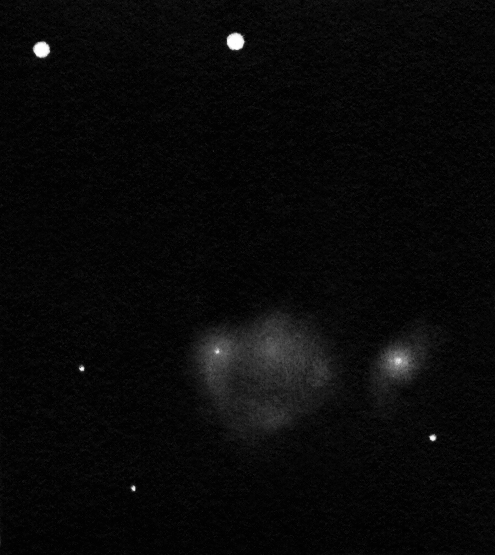
Halton Arp interpreted Arp 143 and 8 other galaxies / pairs of galaxies as an elliptical galaxy and material emanating from it. Now we know that this interpretation is not correct. In this case we see the face-on collision of an elliptical and a spiral galaxy. They are already in a phase where the elliptical has punched through the spiral's disk and it is already moving away. As a result of the collision intense star formation started in the spiral's disk in the shape of a ring.
Surprisingly quite a lot of this is visible in the telescope. The brightest part of the system is the elliptical or more precisely S0 type lenticular galaxy NGC 2444 (to the right). The start of its two tidal tails is visible - they are very faint. The disk of the spiral galaxy NGC 2445 (to the left) has a very irregular shape. There are 4 bright spots visible on it (3-4 star forming regions). All of them show details. The brightest one (the combined light of VV117g and VV117h) contains a stellar spot. The second brightest is the galaxy's core. The two smaller and fainter ones are VV117b and VV117f. There are further fainter star forming regions in the photos - I have not seen them. Arp 143 is only a couple of degrees away from Castor but already in Lynx.


The SDSS (Sloan Digital Sky Survey) photograph of NGC 2444-45 can be seen to the left made with the 2.5m telescope. I rotated and cropped the photograph so that it can directly be compared to my inverted drawing.
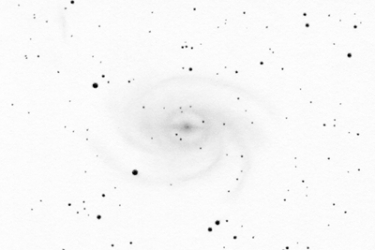
Pavo galaxy
The grand spiral galaxy of Pavo
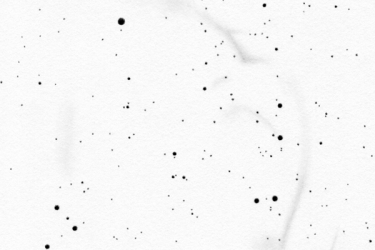
Panorama drawing
Huge and faint supernova remnant in the southern sky
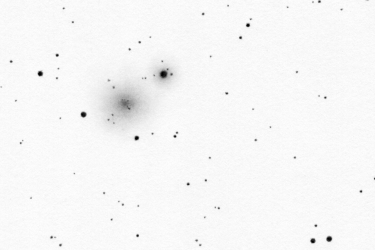
Centaurus globular cluster
The second globular in Centaurus

Apus globular cluster
Globular cluster close to the Southern celestial pole
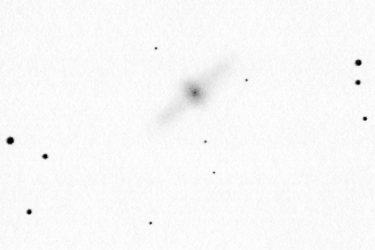
Centaurus galaxy
Polar ring galaxy
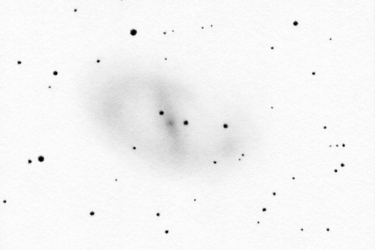
Ara galaxy
Barred spiral galaxy in the thick of the Milky Way